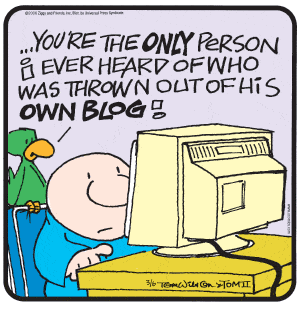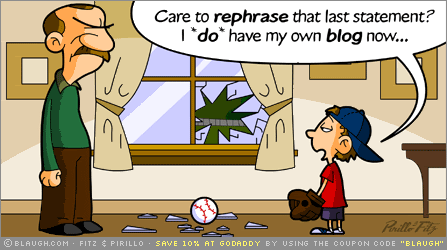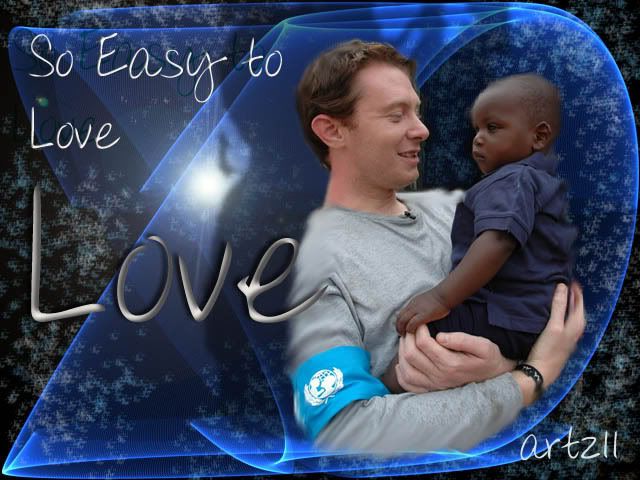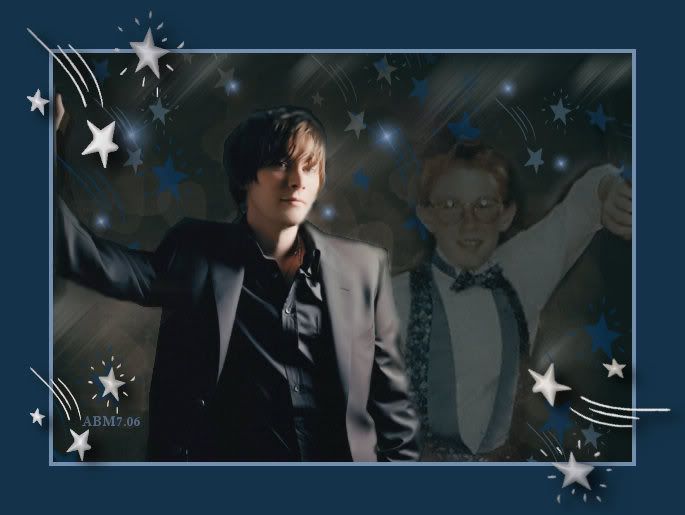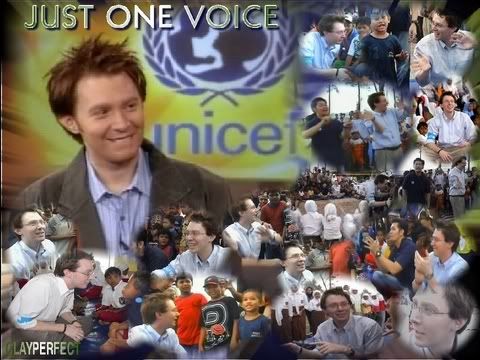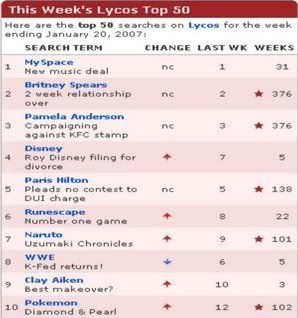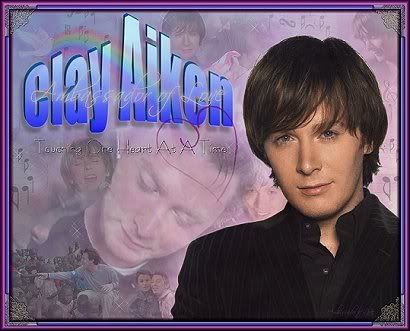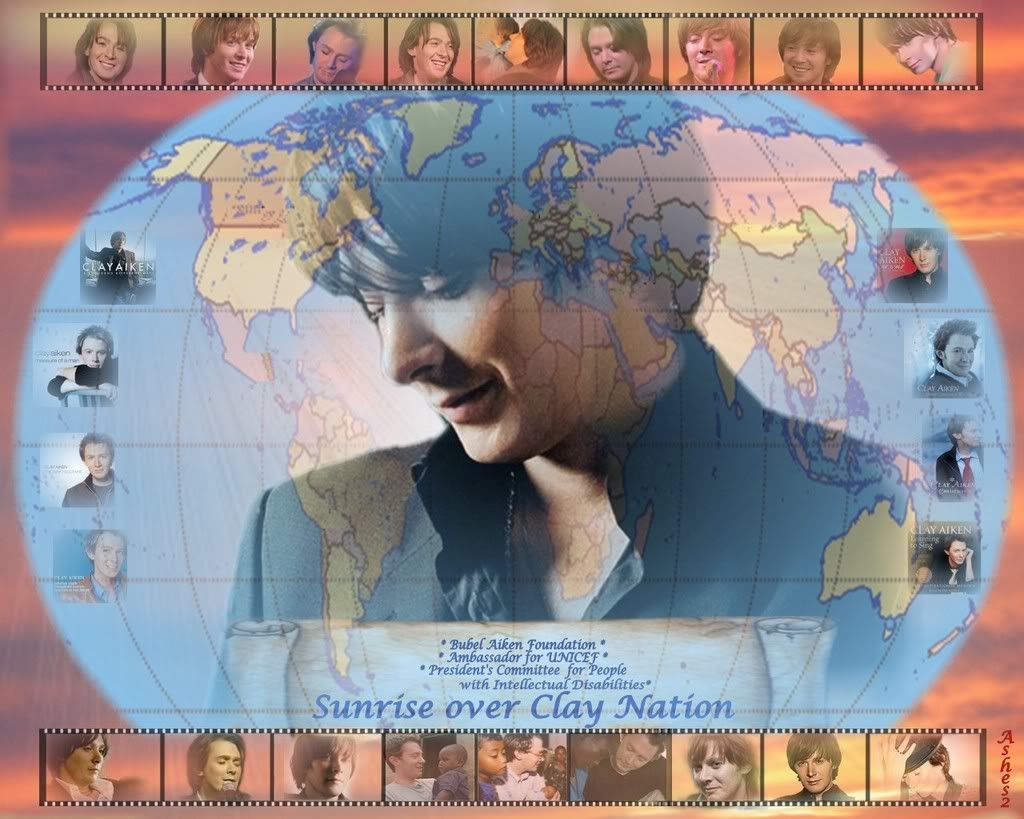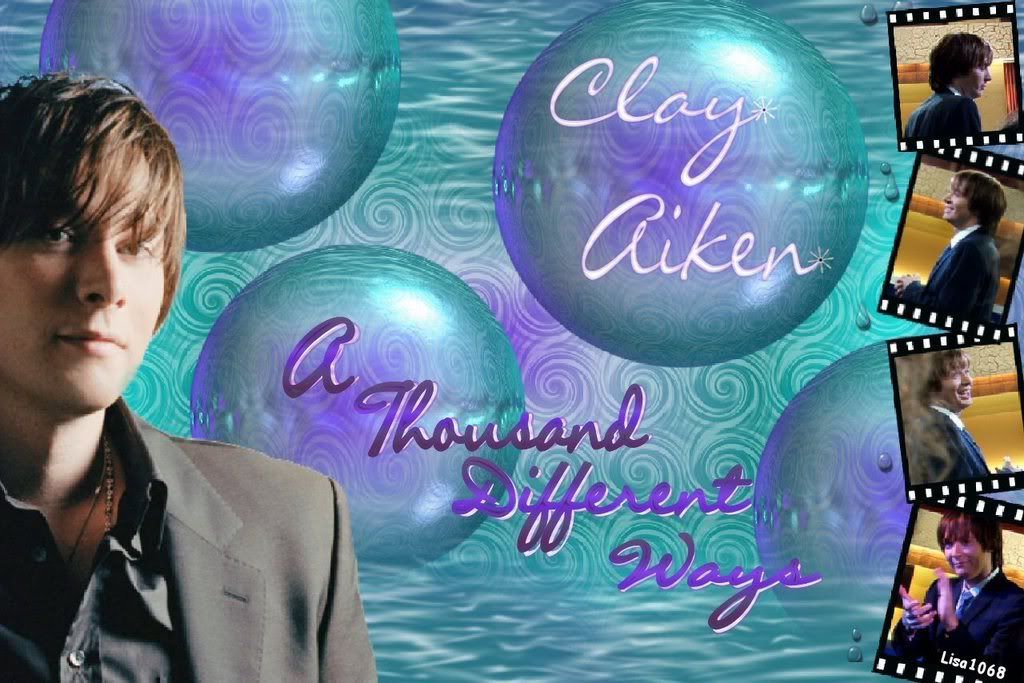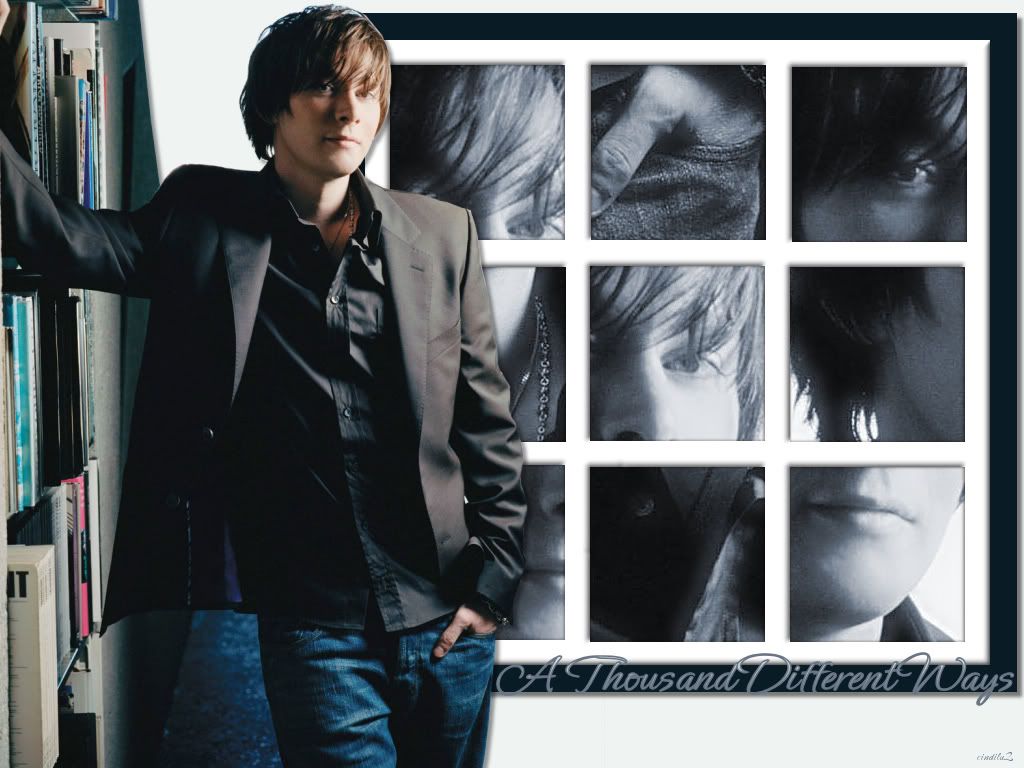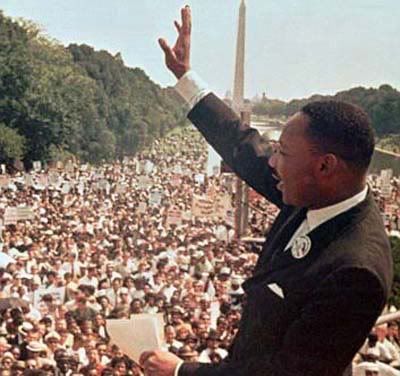
Dr. Martin Luther King, Jr. presents the "I Have a Dream" speech at the Lincoln Memorial, Aug. 28, 1963. -- AP Photo
'I Have a Dream'
Country Honors Legacy of MLK
I have a dream that one day this nation will rise up and live out the true meaning of its creed: “We hold these truths to be self-evident: that all men are created equal.”
I have a dream that one day on the red hills of Georgia, the sons of former slaves and the sons of former slave owners will be able to sit down together at a table of brotherhood.
I have a dream that one day even the state of Mississippi, a state sweltering with the heat of injustice, sweltering with the heat of oppression, will be transformed into an oasis of freedom and justice.
I have a dream that my four children will one day live in a nation where they will not be judged by the color of their skin but by the content of their character.
I have a dream today! -- Dr. Martin Luther King, Jr.
Monday, Jan. 15, this nation commemorates the life and legacy of Dr. Martin Luther King, Jr., leader of the nonviolent civil rights movement in the 1960's and, 39 years after his death, still a symbolic force in the ongoing struggles toward fulfillment of his famous I Have a Dream speech -- freedom, equality, justice, dignity, respect for human beings of all ages, races, and backgrounds.
Hundreds of thousands of Americans will memorialize Dr. King on Monday, the first since the death of his widow, Coretta Scott King, by participating in service projects in their communities. They will honor his legacy of tolerance, peace, and equality by serving community needs and making the holiday “A day ON, not a day OFF.” Citizens in every state will join together to tutor children, build homes, clean parks, paint classrooms, deliver meals, and perform countless other acts of service.
Participation in the day of service has grown steadily since 1994 when Congress passed legislation encouraging Americans to celebrate the King Holiday as a day of service reflecting Dr. King’s life and teachings.
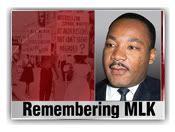 There are countless Internet links on the Life and Teachings of Dr. King, who would have been 78 years old Monday, Jan. 15, had he lived. In 1968, his plans for a Poor People's March to Washington were interrupted for a trip to Memphis, TN, in support of striking sanitation workers.
There are countless Internet links on the Life and Teachings of Dr. King, who would have been 78 years old Monday, Jan. 15, had he lived. In 1968, his plans for a Poor People's March to Washington were interrupted for a trip to Memphis, TN, in support of striking sanitation workers.
On April 4, 1968, he was assassinated by James Earl Ray, a career criminal, as he stood on the balcony of the Lorraine Motel. Five years earlier in a speech in Detroit, Dr. King spoke these often quoted words:
I submit to you that if a man hasn't discovered something that he will die for, he isn't fit to live.
Just Four Blocks Away
As my junior year at New Hanover High School in Wilmington, NC, came to a close in May 1960, I was elected editor-in-chief of the school newspaper, was already writing a teen column for the Star-News Newspapers, and had just been awarded a scholarship to Northwestern University's National High School Institute in Journalism.
My parents allowed me to ride a bus from Wilmington to Evanston, IL, which is another blog altogether. Upon arriving on the Northwestern campus, I located my dorm room and began meeting new friends from throughout the country. When I told a girl my hometown, she said, "Hmmm, that's interesting; there's another girl on this hall from Wilmington, too.
"That's how I met Phyllis Brown, also a high school senior and editor-in-chief elect of her newspaper. Phyllis attended all-black Williston High School just four blocks over from NHHS, which at the time was all-white.
That summer Phyllis and I became fast friends. Like all southerners at the summer institute, we were asked to demonstrate our accents time and again. With other young journalists, we participated in and wrote about a variety of events, some concocted by the faculty and some real. We toured the Chicago Tribune offices and attended the Democratic National Convention where John F. Kennedy was nominated for the presidency.
When we returned home from the six-week institute, Phyllis and I stayed in touch throughout our senior year and even during college breaks. My teen column highlighted NHHS happenings, featured stories about various students, and included a brief gossip section in which I often inserted special shout-outs of "hello" or "congratulations" to Phyllis along with those from my school. That December my mother and I attended a beautiful ceremony during which my friend and several girls her age were inducted into a special sorority.
Phyllis attended Howard University, and I left in the fall for St. Andrews Presbyterian College in Laurinburg. A few years later our high schools merged, but not without ugly racial riots and demonstrations. We lost contact when I married and moved to Texas.
How could two 17-year-old girls who lived within five miles of each other and attended school four blocks apart not meet until they traveled to a university campus 600 miles away from home? Separate schools were the norm throughout the South; but change was in the air, as the timeline below indicates.
Harsh Lesson in Segregation
Mr. Caro, a drummer in the 82nd Airborne Division Band at Fort Bragg during 1963-64, also played in one of the most popular combos in eastern NC -- The House Rockers or The Components, depending on the type gig booked. The band played the hottest music of the day -- Green Onions, Walking the Dog, Puff the Magic Dragon, Twist and Shout -- for redneck armories, black and white high school proms, country club debutante balls, you name it.
When the white Texas drummer joined the all-black combo, he was slapped with a harsh education in segregation just about the same time that Dr. King was delivering the now famous I Have a Dream speech. At this link, you can read the complete text, as well as view Dr. King delivering the speech.
One night on the way to a gig, the guys decided to stop for hamburgers. The drummer didn't believe his musician friends when they told him he would have to place their order and why. Not only would the belligerent owner not serve his fellow band members, but Mr. Caro was told in no uncertain, unprintable terms where he could go, too. This was his first personal experience with the despicable manner African Americans were treated. He remembers being extremely furious and that his fellow band members having to calm him down.
During a debutante ball in a local country club, Mr. Caro noticed a chaperone gradually inching her way around the room towards the band. She had been staring at the drummer throughout the 45-minute set. When the band took a break, she snuck up to him and asked, "How can you stand to play with this, this ... all black group?"
Never at a loss for snark, Mr. Caro looked her in the eye and drawled, "Well, 'mam, I'm only passing for white."
Changes In the Air
As shown in the partial Civil Rights Timeline printed below, during these same years (1960 - 64), history was being made with the Sit-In Movement, which originated in Greensboro; the Freedom Rides; Dr. King's speeches, projects, nonviolent marches; and subsequent civil rights legislation.
The battles for equality led by Dr. King -- and the legions of other men, women, and children before and since -- are to be celebrated and remembered on this special day.
Civil Rights Timeline
1865: 13th Amendment outlaws slavery.
1870: 15th Amendment establishes the right of black males to vote.
1920: 19th Amendment gives women the right to vote.
5-17-54: The Supreme Court rules on the landmark case Brown v. Board of Education of Topeka, KS., unanimously agreeing that segregation in public schools is unconstitutional.
12-1-55: Rosa Parks refuses to change seats on a Montgomery, AL, bus.
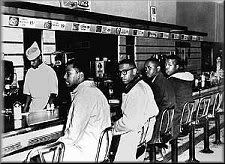
Greensboro Woolworth's 1960 Sit-In
2-1-60: Four A&T students launch the Greensboro Sit-Ins at the Elm Street Woolworth's. After purchasing school supplies, they approach the lunch counter and order coffee at 4:30 p.m. Though refused service, they remain in their seats until closing. The next day 25 participate in the sit-in, the following day 63.
Within two months, the Sit-In Movement spreads to 54 cities in nine states. Student sit-ins would be effective throughout the Deep South in integrating parks, swimming pools, theaters, libraries, and other public facilities.
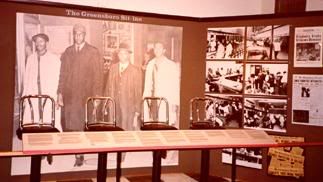
Greensboro Museum's Woolworth Exhibit in the Smithsonian
7-25-60: The first black ate a meal, sitting down, at Woolworth's in Greensboro. After one week, 300 blacks have been customers. The Woolworth's counter is on display at the Smithsonian Institute as a reminder that we never forget from where we have come as a country.
1961: Integrated groups of protesters join Freedom Rides on buses across the South to protest segregation.
1963: Dr. Martin Luther King Jr. gives famous "I Have a Dream" speech at the Lincoln Memorial in Washington, DC.
1964: Congress passes Civil Rights Act of 1964, outlawing segregation in public accommodations and discrimination in education and employment. Dr. King receives Nobel Peace Prize.
1965: Congress passes Voting Rights Act of 1965. Literacy tests, poll taxes, and other such requirements that were used to restrict black voting are made illegal.
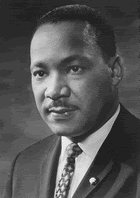
Dr. Martin Luther King, Jr.
1968: Martin Luther King Jr. is assassinated in Memphis, TN, at the age of 39.
1983: Congress passes and President Reagan signs legislation creating Martin Luther King Jr. Day to be celebrated on the third Monday of January.
1986: Federal Martin Luther King holiday is first celebrated.
Teachers for many years, my husband and I saw students, not colors. In 1991, a guidance counselor asked me the racial breakdown of an orchestra class of sixth graders. I literally had to go around the room counting in my mind.
Our society is changing with younger generations on a much faster track toward a new social order than their parents and grandparents. Excerpts from middle school student essays honoring Dr. King's legacy -- "United for the Common Good" -- can be read in this Seattle Times article.
January 15 is a reminder that we never forget from whence this country has come.
When we let freedom ring, when we let it ring from every village and every hamlet, from every state and every city, we will be able to speed up that day when all of God's children, black men and white men, Jews and Gentiles, Protestants and Catholics, will be able to join hands and sing in the words of the old Negro spiritual:
Free at last! Free at last! Thank God Almighty, we are free at last! -- Dr. Martin Luther King, Jr.
Caro
RELATED LINKS: Dr. Martin Luther King Jr., Coretta Scott King, Martin Luther King Jr. Day, I Have a Dream, Nonviolent Civil Rights Movement, Greensboro Woolworth's Sit-In, Poor People's March, Lorraine Motel, James Earl Ray

